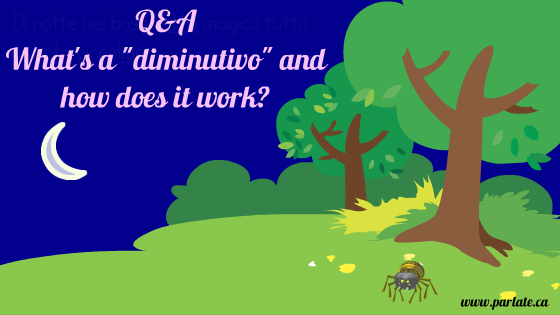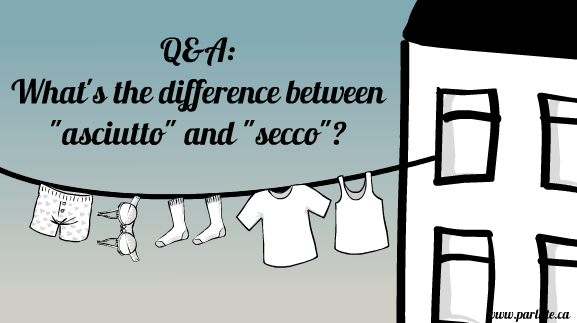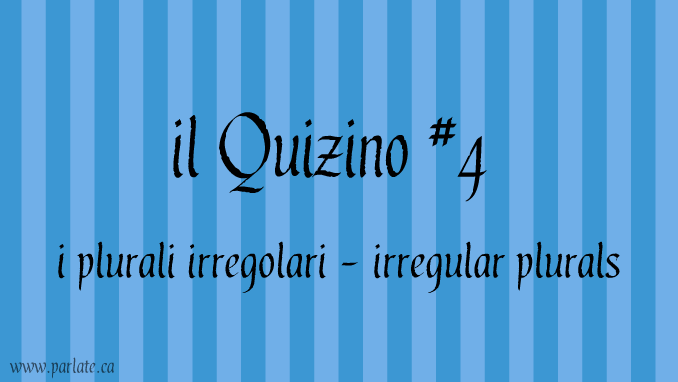Mirella Colalillo, 22 febbraio 2016
(English follows)
L’italiano è una lingua talmente ricca e malleabile che si possono rendere sostantivi e aggettivi (e anche verbi!) carucci, dolcetti e bellini con l’aggiunta di un suffisso.
Nel caso dei suffissi diminutivi, come dice la parola stessa, si puo cambiare di valore una cosa qualsiasi, la quale diventa piccola nel senso affettivo, di qualità, … Il significato che assume dipende dal contesto.
Ovviamente essendocene più di un suffisso diminutivo, abbiamo l’imbarazzo della scelta! Volendo compilare una lista completa diventa un’impresa impossibile.
Allora in questo video giochiamo con i quattro suffissi più usati nella lingua italiana contemporanea.
Buona settimanuccia,
Mirella
Italian is such a rich and malleable language that you can make nouns and adjectives (and verbs!) cute, sweet and pretty (carucci, dolcetti e bellini) with the addition of a suffix.
In the case of diminutive suffixes, as the name implies, you can change the value of any one thing, which becomes smaller in a sense that denotes affection, quality, … The meaning that it takes on depends on the context.
Obviously since there are many diminutive suffixes, we are spoiled for choice (abbiamo l’imbarazzo della scelta!) Wanting to compile a complete list becomes an impossible task.
So in this video we’ll play with the four common suffixes used in the contemporary Italian language.
Have a nice little week!
Mirella





